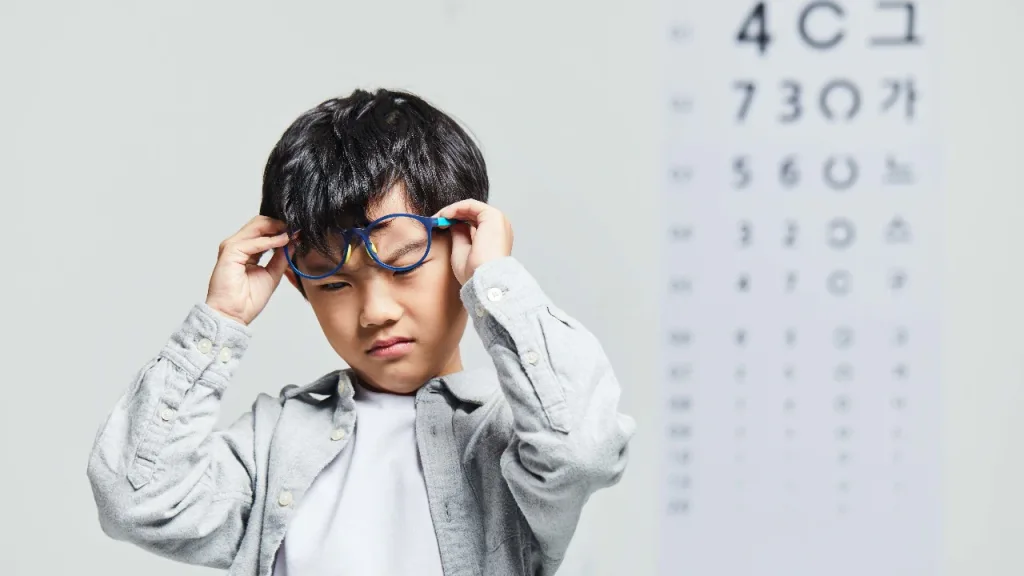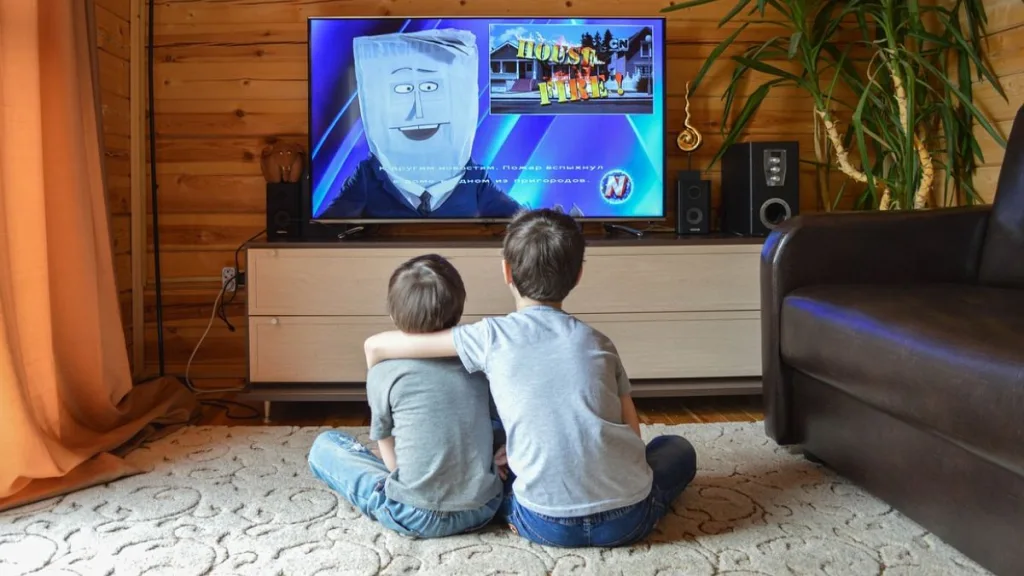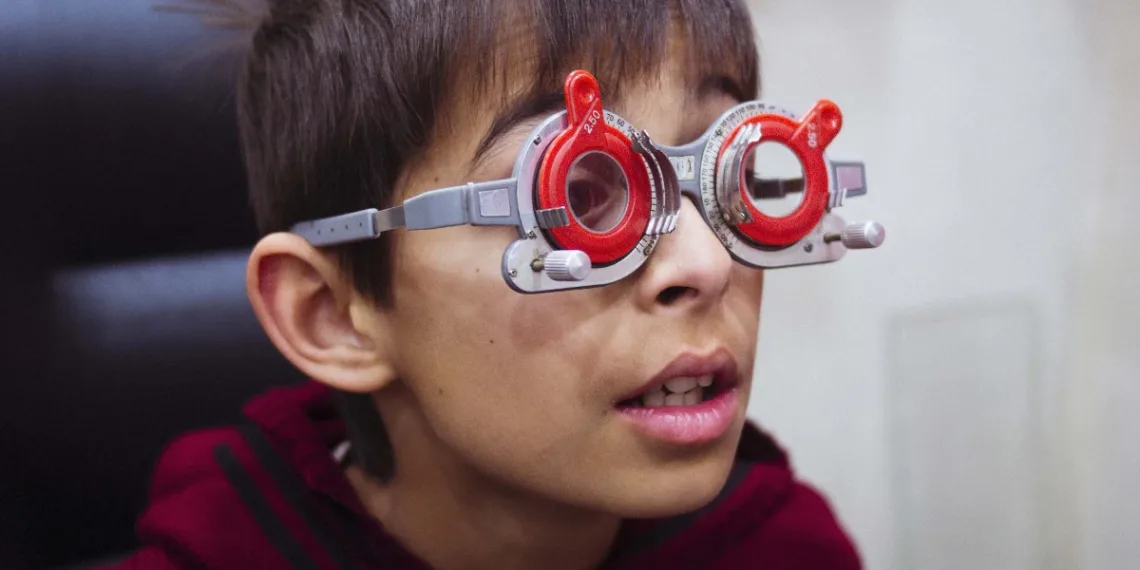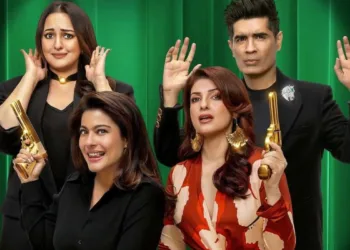India faces a looming myopia epidemic with experts warning that nearly 50% of children could be affected by 2050 if current screen usage trends continue. What started as a parenting concern has evolved into a national health crisis, with digital eye strain now affecting over 50% of children under five.

Table of Contents
Alarming Statistics: Urban India’s Growing Vision Problem
The numbers paint a concerning picture of India’s digital generation. Eye health experts are raising red flags as screen-related vision issues skyrocket among young users.
| Age Group | Myopia Rate 1999 | Myopia Rate 2019 | Projected 2050 | Key Symptoms |
|---|---|---|---|---|
| Under 5 years | Minimal data | 50%+ digital strain | Critical levels | Fatigue, headaches, sleep issues |
| 5-15 years (Urban) | 4% | 21% | 50% estimated | Myopia progression, dry eyes |
| Under 10 years | Limited exposure | 81% regular users | Epidemic levels | Behavioral changes, mood issues |

What’s Driving This Vision Crisis?
The primary culprit is prolonged screen exposure, particularly during critical developmental years. Dr. Deepti Joshi, MS, FIPO, from MM Joshi Eye Institute, explains that screen-emitted blue light creates a dual threat—damaging retinas through free radicals while suppressing melatonin and disrupting sleep patterns.
In Rajkot, Saurashtra University research revealed that 81% of children under 10 regularly use screens during meals, primarily watching cartoons. This integration of digital devices into daily routines like eating, learning, and sleeping has normalized excessive screen exposure.
Expert-Recommended Solutions
Health professionals advocate a comprehensive approach combining time limits with safer technology practices. The proven 20-20-20 rule remains essential: every twenty minutes, take a twenty-second break and focus on something 20 feet away.
Technology Companies Respond with Eye-Safe Features
Progressive tech companies are incorporating eye health considerations into product design. Devices like the OPPO Pad SE now feature TÜV Rheinland-certified low blue light displays, flicker-free screens, and adaptive eye-protection settings that adjust to ambient lighting.

Kids Mode functionality allows parents to control app access and screen time, while blue light filters help reduce visual strain during necessary academic screen use.
From Parenting Challenge to Public Health Crisis
What experts once considered individual parenting decisions now requires national attention. As Savio D’Souza from OPPO India notes, innovation must focus on designing technology that measurably improves life quality.
For comprehensive eye health guides and screen time management tips, visit our digital wellness section and parental control guides.
The solution isn’t eliminating digital access but enabling safer, healthier usage through awareness and responsible technology design.
FAQs
What percentage of Indian children could have myopia by 2050?
Experts project nearly 50% of Indian children may be affected by myopia by 2050.
What is the 20-20-20 rule for screen time?
Every 20 minutes, take a 20-second break and look at something 20 feet away.








